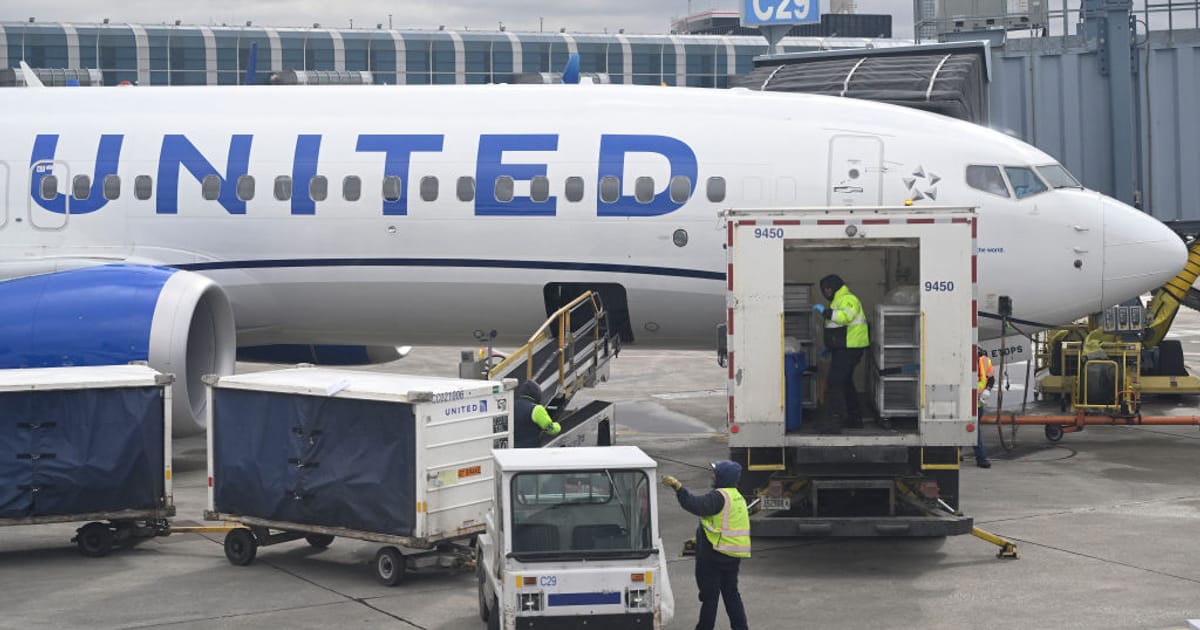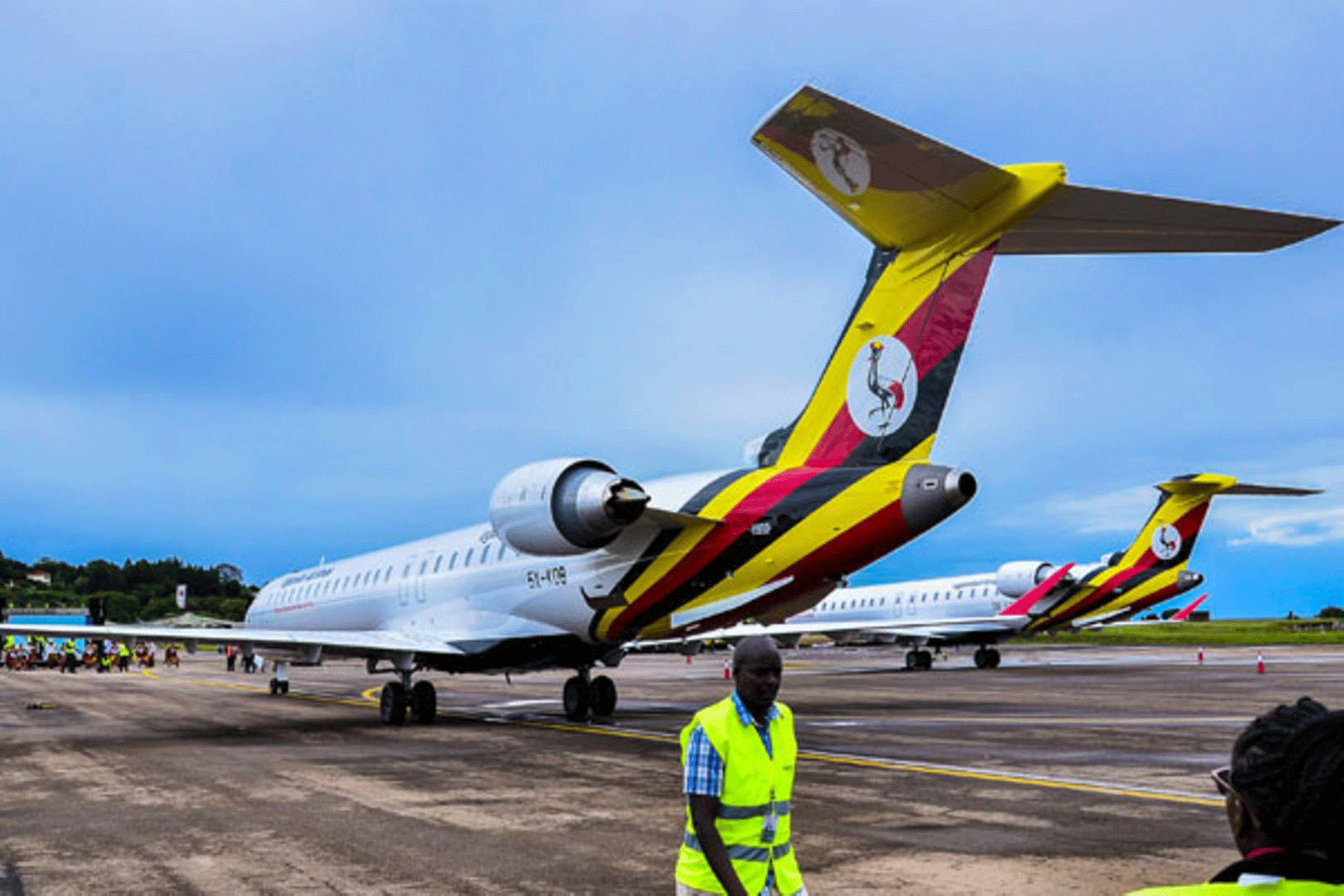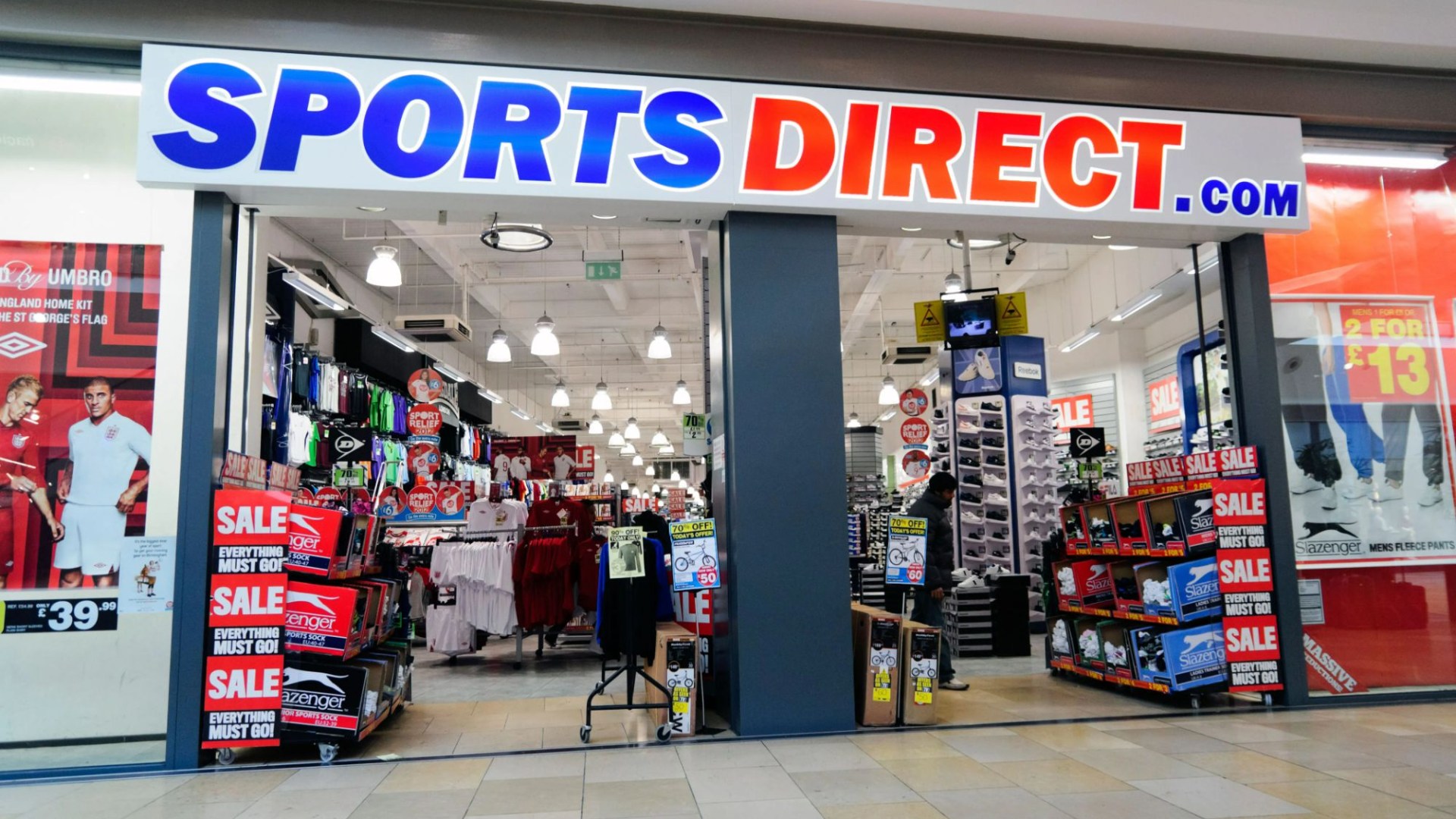The alternative fuel’s impact on emissions depends on how it is produced and how much of it is ultimately used in flight. Today, SAF is usually blended with traditional petroleum-based fuels and dropped into existing plane engines. Neste claims its SAF can reduce the life-cycle emissions of a flight by up to 80 percent.
In total, 24.5 million gallons of SAF were used in the U.S. in 2023 — much more than the year before, but a small amount compared with the overall U.S. jet fuel use of approximately 69.3 million gallons every day.
Still, SAF is picking up steam. In late July, JetBlue announced a commercial agreement with Valero Energy to receive its first regular supply of blended SAF at John F. Kennedy International Airport in New York later this year. The deal seeks to bring at least 1 million gallons of the fuel to JFK, with an option of buying an additional 4 million gallons over a span of 12 months. On top of that, Virgin Atlantic last year completed the first international flight powered entirely by SAF, a journey from London Heathrow to New York City’s JFK.
United has been ramping up its SAF efforts in recent years.
In December 2021, United flew more than 100 travelers from Chicago O’Hare to Reagan National Airport in Washington, D.C., using 100 percent kerosene-free SAF — it claims this was the first passenger flight powered by SAF alone.
A few months later, United agreed to purchase up to $52.2 millions of SAF from Neste over the next three years for flights at Amsterdam’s Schiphol Airport and “potentially more airports,” like O’Hare. The following year, United announced it would start using SAF in flights departing from San Francisco International Airport and London Heathrow, putting the airline on track to burn 10 million gallons of SAF by the end of 2023.
Looking ahead, state and federal subsidies for low-carbon jet fuel could help the airline continue expanding its SAF efforts at O’Hare, according to a spokesperson. United is combining Illinois’ SAF tax credits with federal incentives from the Inflation Reduction Act.
Still, the fuel remains more expensive than conventional jet fuel, and supplies are limited. Further adoption is also held back by regulation. One example is the ASTM D7566, a voluntary global jet fuel standard that restricts airlines from using a fuel blend composed of more than 50 percent SAF to ensure compatibility with existing jet infrastructure.
Ultimately, despite United’s progress on adopting low-carbon fuels, only 0.1 percent of its overall fuel use currently comes from SAF, according to the company.
In other words, as Wilkin put it, “there’s still a long way to go.”



